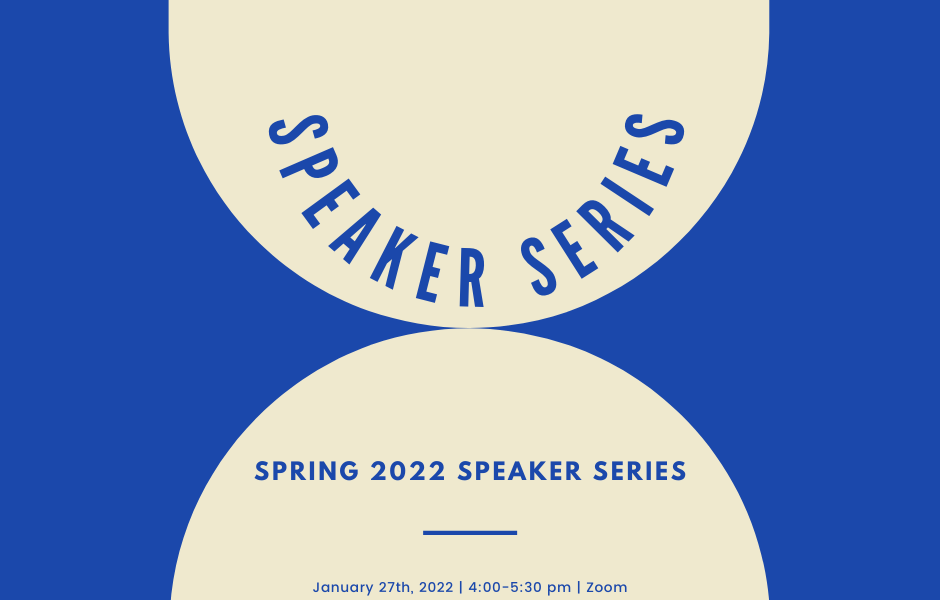The Spring Student Speaker Series wrapped up with its recent March Session on March 17. Three graduate students in the Department of Art History & Communication Studies (AHCS) presented brief summaries of their research in Arts 260 as well as on Zoom. The hybrid event included a half-hour talk from each researcher, followed by a quick question and answer period after each presentation.
Allyson Rogers, a doctoral candidate in communication studies, kicked off the event with a critical examination of the National Film Board (NFB) soundscapes in the post-WWII period. The NFB’s primary focus is slice-of-life Canadian documentaries, the soundtracks of which have a homogeneous nature that Rogers characterizes as a distinct “NFB Sound.” Rogers presented clips exemplifying this sonic trend, pointing to several key elements like small ensembles of woodwind instruments, multiple independent melodies, and an overarching tone of optimism. Such distinct sounds also correspond to Canadian political motivations, such as promoting Canadian pride and patriotism. The later half of the postwar period, specifically the 1950s and 1960s, saw a rise in stylistic changes and more adventurous musical interpretations. The different examples of the NFB sound teem with nostalgia for those who watched these documentaries during Canadian history education.
Next up was Reina Yuan, a first-year master’s student in AHCS. Yuan’s research is centred on the queer counterpublic and the rise of alternative nightclubs in her hometown of Chengdu, China. Yuan aims to create a theoretical city map of queer spaces, focussing on several key locations and their connections through a framework inspired by Di Wang’s The Teahouse, which examines cultural changes throughout the city in 1900-1950 through the lens of teahouses. Yuan’s research seeks to use physical spaces in order to explore the political and youth culture of the city. In her presentation, Yuan discussed the Poly Center, a skyscraper with different nightclubs at almost every level. Yuan elaborated that she has seen the Poly Center in person in her visits to Chengdu every summer.
“The thesis is a very personal project to me,” said Yuan during the discussion section following her presentation. “It’s part of the microhistory of my hometown.”
Torbjörn Rolandsson closed the event with a dive into the “News Value Project” in Sweden. He completed his PhD at Stockholm University and is now a graduate research trainee in ACHS. Rolandsson’s presentation explored the impacts of the Svergies Radio News Value System, a recent technological addition to the Swedish public service radio that helps categorize different news stories for output. The project rates stories through a three-tiered algorithm of importance, lifespan, and accordance with journalistic values, which strive for authentic and personal programming that includes unique voices. To make narration authentic and personal, an effect that can sometimes be aided by incorporating natural soundscapes, radio journalists often go beyond the studio into real environments to capture the unique ambience of the world. Although elements of theatricality still remain—Rolandsson shares an example of reporters hitting nearby water to record a splash—the radio soundscape attempts to foster a more connected engagement with the real world.
The speakers’ admirable ability to condense months or years of research into a half-hour presentation displayed their serious dedication to their studies. While each presentation was enlightening, the slideshows they had prepared only scratched the surface of the depths of their knowledge.







